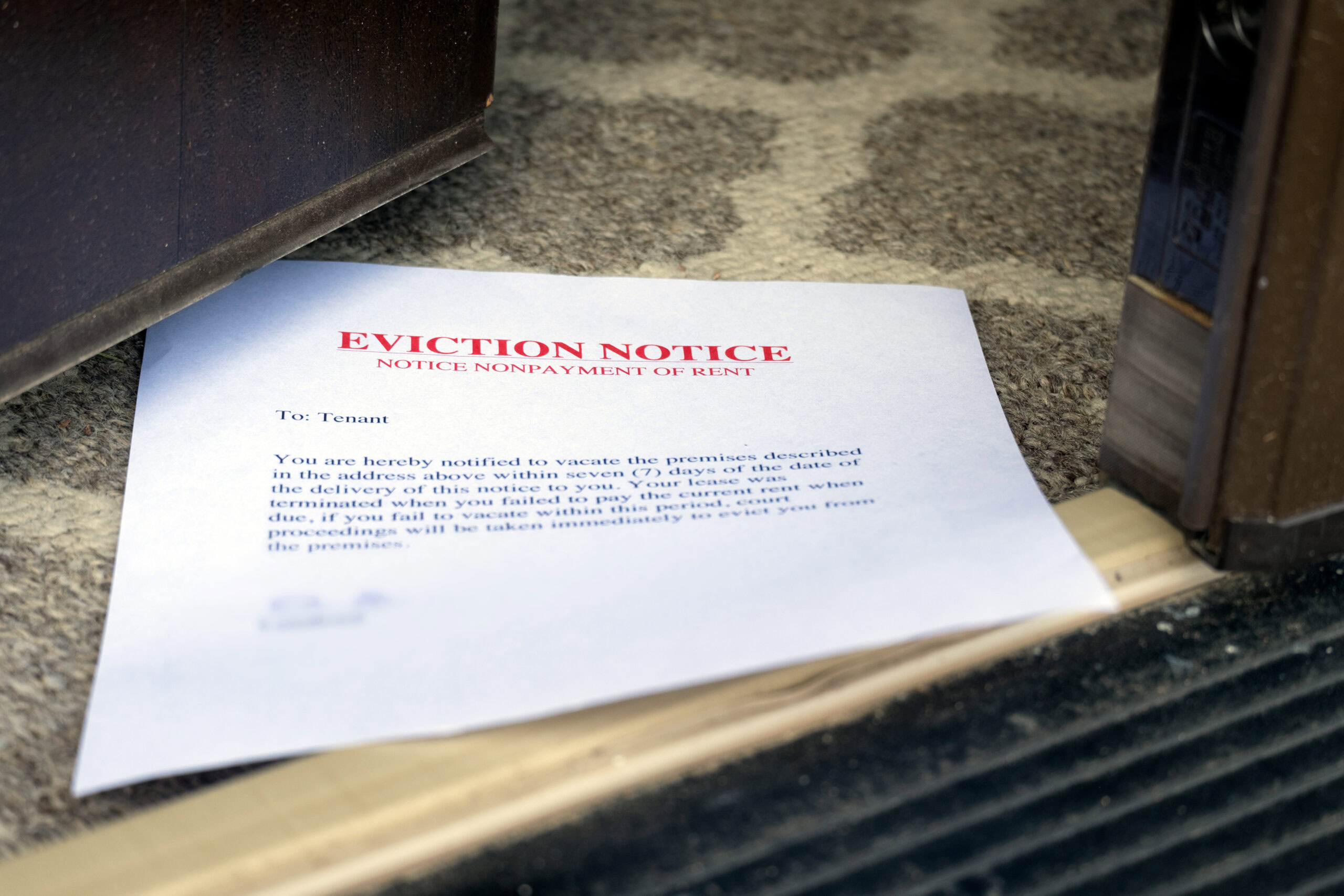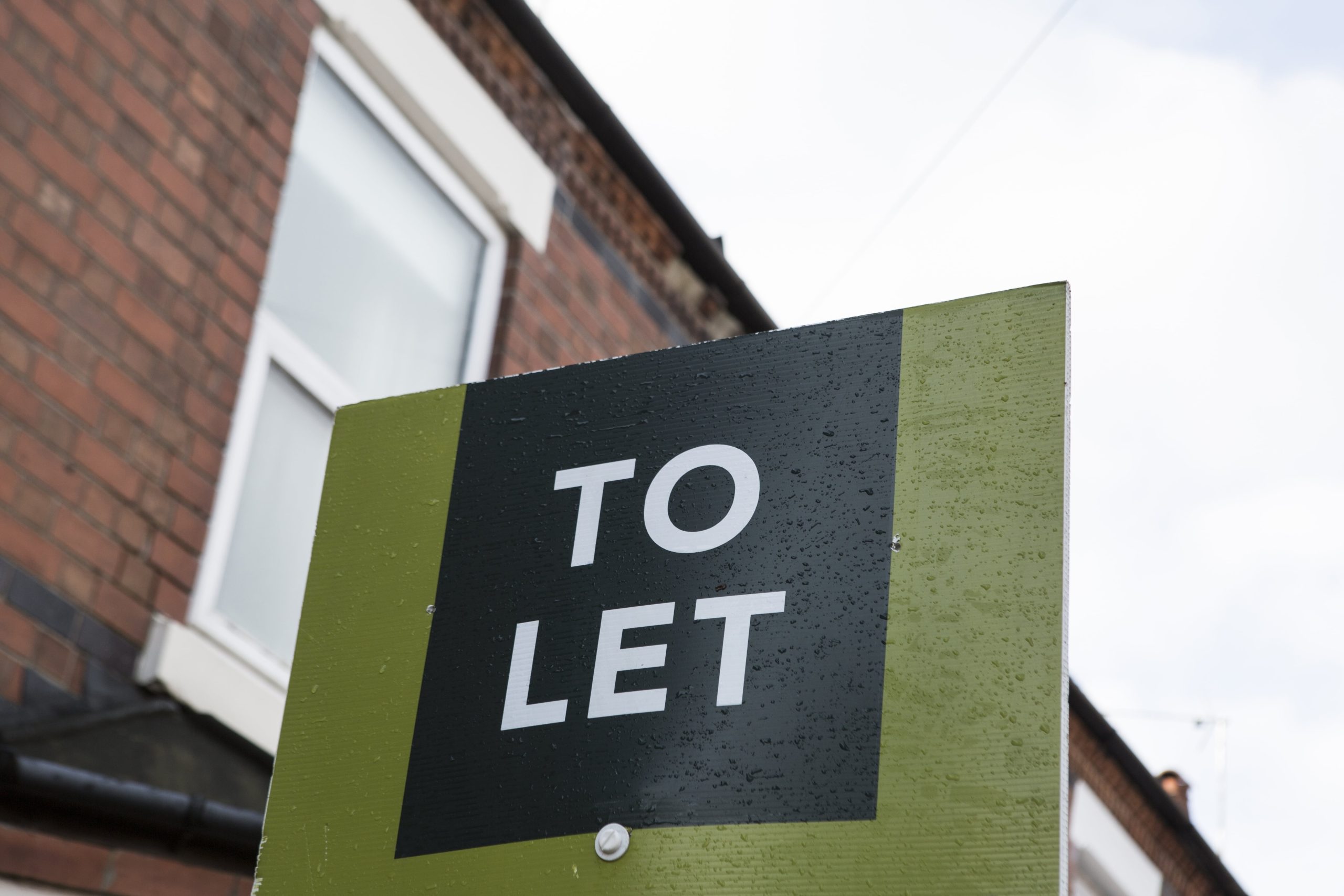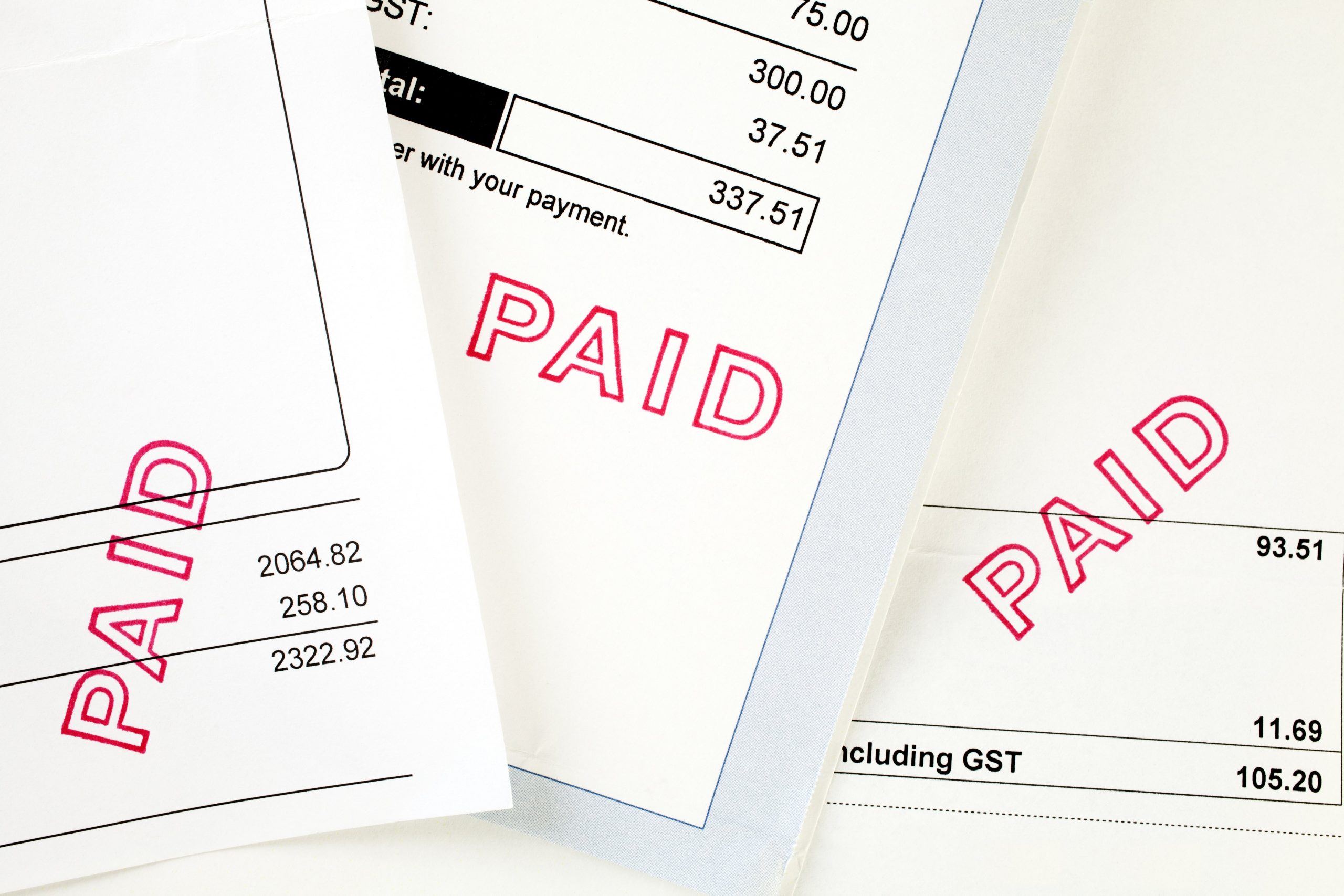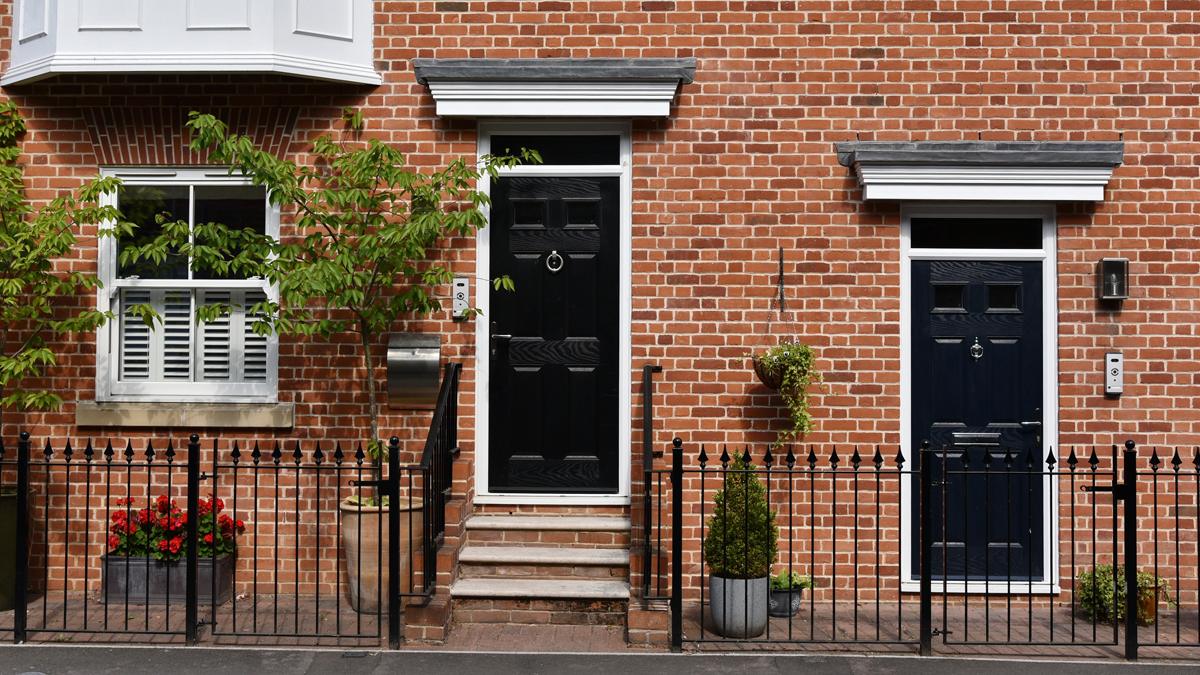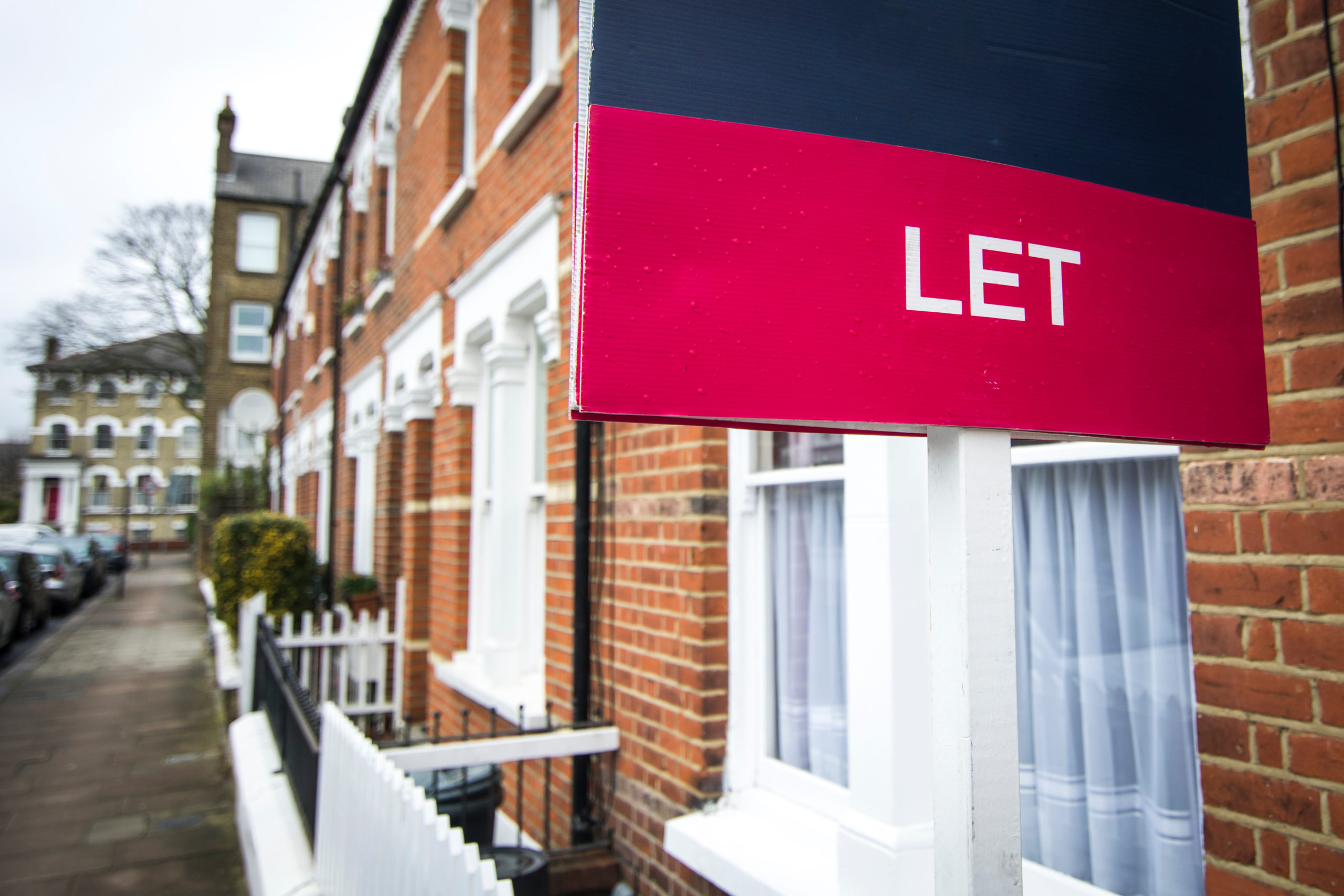If you’ve been approached by landlords looking to maximise their rentals, it’s worth highlighting the benefits of having a long-term tenant.
Although short-term lets typically command higher rents, long-term tenancies offer greater stability and financial security.
To help you approach the idea with landlords, here’s how a long-term tenant can help them get the most from their rental property while minimising admin.
How long is a long-term tenancy?
Long-term tenancies are generally considered anything over 12 months.
If most of your landlord clients use assured shorthold tenancies (ASTs), it will usually mean tenants commit to a property for 12 months with a six month break clause.
Tenants can agree to another fixed-term contract, but if not, their tenancy will continue from month to month (periodic tenancy).
Benefits of long-term tenancies for landlords
Having a long-term tenant with a fixed-term or periodic tenancy can help minimise the growing burden of admin. This includes carrying out right-to-rent and affordability checks, and ensuring deposits are properly secured in an approved deposit scheme.
More recently, landlord responsibilities now include identifying and addressing underlying issues that might cause damp and mould.
It’s important to remind landlords that most landlord insurance policies will expect them to meet their obligations. If not, policies can be voided, and insurers can reject any claims put forward.
As well as reducing admin, other benefits long-term tenancies can bring include:
- fewer periods of unoccupancy which can help minimise the risk of vandalism;
- income stability, securing revenue streams for the landlord and agent;
- peace of mind, knowing that any buy-to-let mortgage payments are covered while the tenancy is still active;
- no need to provide furniture as most long-term tenants look for unfurnished properties and bring their belongings;
- increased pool of tenants as a long-term let could attract a more diverse range of people looking to rent, including young families and older people.
What are the disadvantages of having long-term tenants?
Where long-term tenancies offer stability and reduce admin, downsides include:
- lack of flexibility if landlords need to carry out major repairs;
- difficulties with tenants can add further complications and prolong any issues;
- slightly lower rental yield compared to short-term lets which can attract higher rents.
How can letting agents help landlords find long-term tenants?
Remember that the number of potential long-term tenants will depend on the property’s location, size, and features (such as parking facilities and outdoor space).
Nevertheless, you can help increase the chances of attracting and keeping a long-term tenant for landlords by:
- letting the property unfurnished to allow tenants to make their mark, encouraging them to view it as a long-term home;
- carrying out comprehensive tenant referencing to ensure prospective tenants can afford rent (a condition of rent guarantee insurance);
- encouraging landlords to accept pets, as research shows 76% of private tenants own or would like to own a pet, but fewer than 10% of rental properties are advertised as pet-friendly;
- maintaining a good relationship with tenants on behalf of landlords (or encouraging landlords to build a good relationship if you’re only providing a tenant finder service);
- setting a rental amount that’s slightly lower than the market average but reflects the financial stability offered by a long-term contract;
- keeping accurate records for each property, ensuring that all safety certifications are up to date;
- set clear boundaries with tenants, for example, by making it clear when and how frequently property inspections will occur.
- encourage your landlord to take out landlord insurance that includes cover for alternative accommodation, so that in the event of a fire (for example), you can retain a good tenant by housing them elsewhere rather than terminating the tenancy.
Landlord insurance features to support long-term tenancies
Regardless of how long a tenancy is, if it goes wrong, landlords face problems such as tenants defaulting on their rent, pet damage, or damage to the building, including fixtures and fittings.
For landlords who choose to let property long-term, those issues can become protracted and difficult, making some reluctant to consider these types of tenancies.
With that in mind, landlord insurance can help mitigate some of those risks and put landlord’s minds at rest. Rent guarantee insurance can also prove vital if a tenant defaults on their rent; helping to maintain the landlords’ rental income and the agents’ management fee.
To find out more about the ways we can help you support your landlords, call our team on 01603 216399.
Information provided in this article was correct at the time of publication. This article is intended as a guide only. Please note that legislation does change, it is always best to check the most up to date guidance on gov.uk.




